All Aboard the Flavor Train – Next Stop, Turmeric Town
Attention, passengers: this is your conductor speaking. The train is about to leave the station. Please stand clear of the closing doors.
Turmeric is having a moment. It seems like everywhere I look, I see some organization or another touting the health benefits of introducing more turmeric into our diets.
Turmeric is a traditional Indian spice that comes from a rhizomatic herbaceous perennial plant in the ginger family. A rhizome is a subterranean plant stem that sends out roots and shoots from nodes—basically, a stem that looks like a root. Rhizomes are used to store starches and proteins, enabling the plant to survive unfavorable seasons underground. As a result, the turmeric rhizome is a fantastic source of nutrients for people.
Turmeric is the best source of curcumin, a bright yellow polyphenol that works as an antioxidant, helping mitigate damage from sun exposure and chemical contact.
In the culinary world, cooks can use turmeric in two forms: fresh or dried and powdered. Turmeric powder has a warm, black pepper-like flavor and an earthy, mustard-like aroma. It’s a key ingredient in many Asian dishes, especially dried curry powder. Ubiquitous throughout South Asian and Middle Eastern cuisine, turmeric is a delicious and nutritious ingredient that adventurous home cooks should feel confident stocking in their spice pantry.
Generally, spices taste better when they are fresh, and that’s especially true for turmeric. Old turmeric will stain your food and your fingers but bring little flavor. Fresh turmeric, however, makes you sit up and pay attention. Its aroma—aptly described by the fine folks at Serious Eats—is intense: earthy, pungent, redolent of dried citrus peel and dusty streets soaked in sunlight. The flavor, though subtler, warms the tongue—like a missing link between black pepper and chile.
Fortunately, Churchill County cooks can get their hands on fresh, single-origin dried turmeric during the month of July. Just stop by the Churchill County Library and ask for the spice of the month! The New Harvest Turmeric, from Burlap & Barrel Spices, is sweet and floral, grown regeneratively on a farm in southern India by Dr. Salunkhe, an expert in sustainable agriculture. Its high curcumin content (4%) makes it ideal for both culinary and nutritional uses, and it’s perfect for sweet and savory applications—from curries to turmeric teas and lattes.
Jeweled Golden Rice
Ingredients:
- 2 cups basmati rice
- 1 pinch saffron
- 2 tablespoons extra virgin olive oil
- 2 tablespoons butter + more as needed
- 2 red onions, sliced
- 1 cup dried apricots, diced
- 1 cup currants
- 1 cup shelled pistachios
- 1 teaspoon ground turmeric
- 1 teaspoon ground cumin
- ½ teaspoon ground cardamom
- Parsley and mint, minced for garnish
Directions:
- Crumble saffron threads in ¼ cup hot water and let steep.
- In a large, heavy-bottomed pan, heat olive oil and butter over medium. Add sliced red onions, season lightly with salt, and cook, stirring regularly, for 4–5 minutes until softened and lightly colored. Moisten with water periodically and keep cooking until deeply caramelized. Set aside.
- Rinse rice in cold water until the water runs clear. Drain. Prepare rice in a rice cooker, in the oven, or on the stovetop with the saffron tea and an additional 2¾ cups water (3 cups total).
- Return onions to the stovetop. Add another tablespoon of butter, dried fruit, and nuts. Toast over medium heat until aromatic. Add turmeric and other dried spices.
- Once rice is finished, fluff with a fork and fold in the onion and fruit mix. Garnish with parsley and mint. Enjoy!


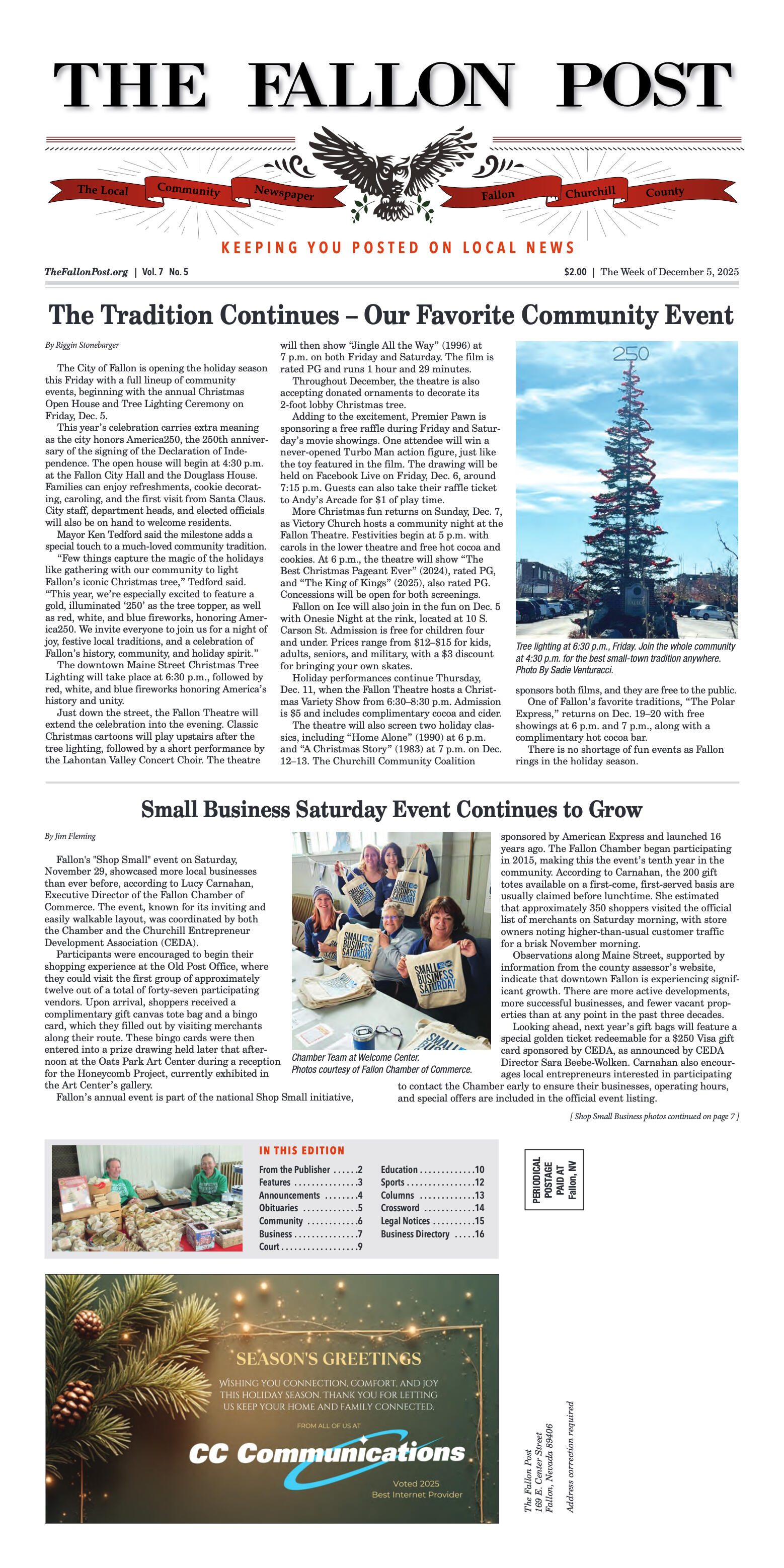
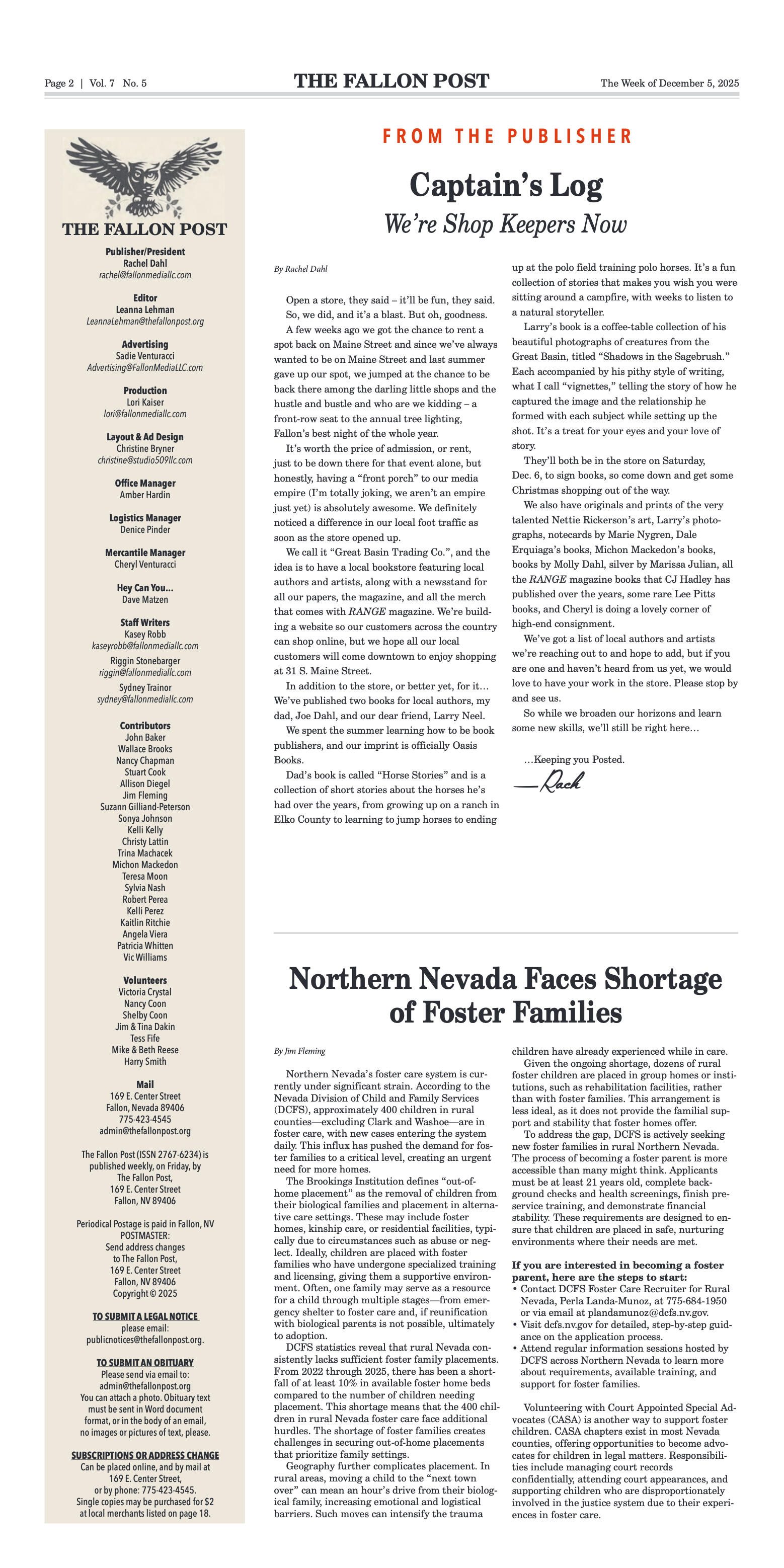
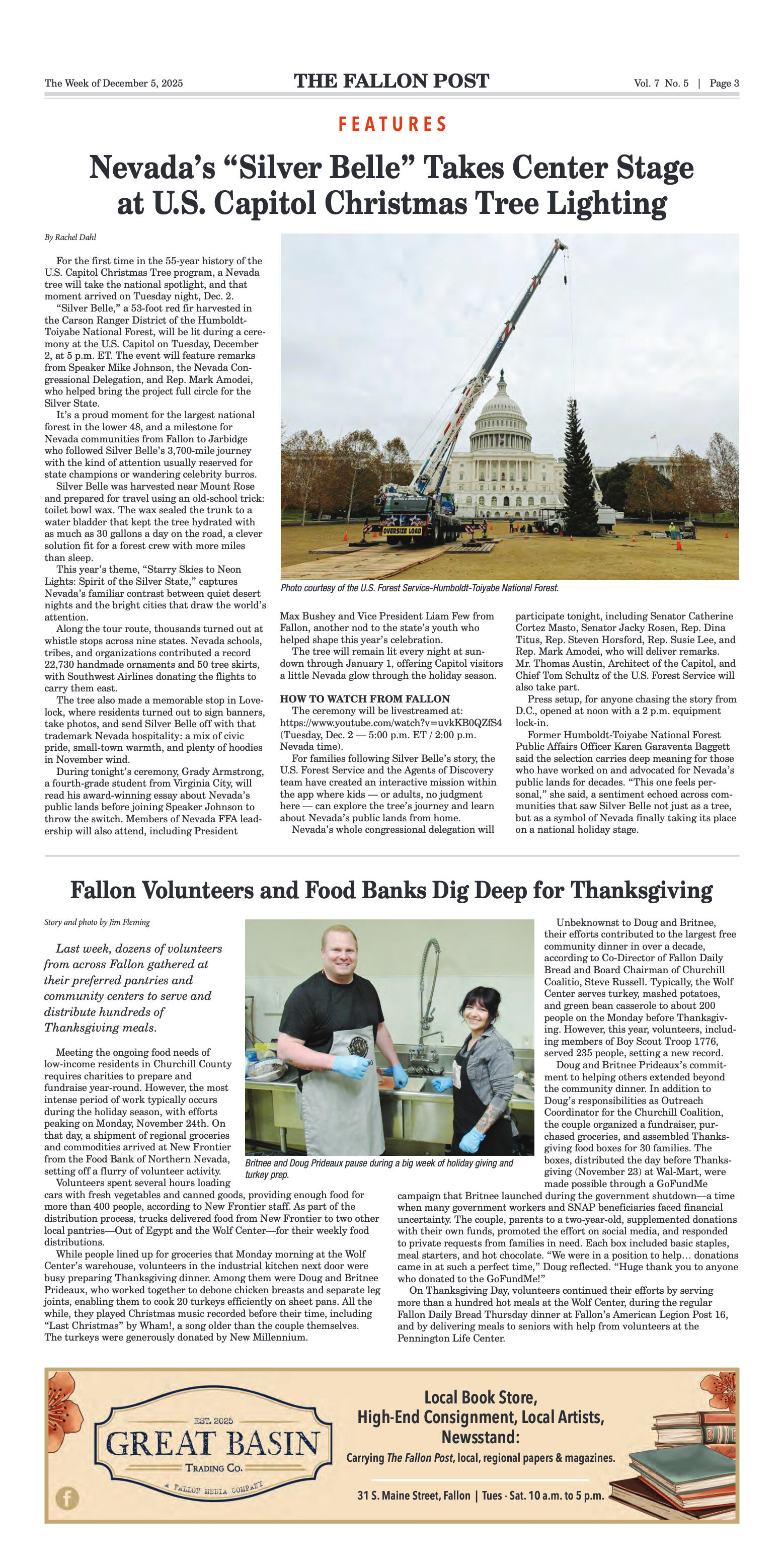
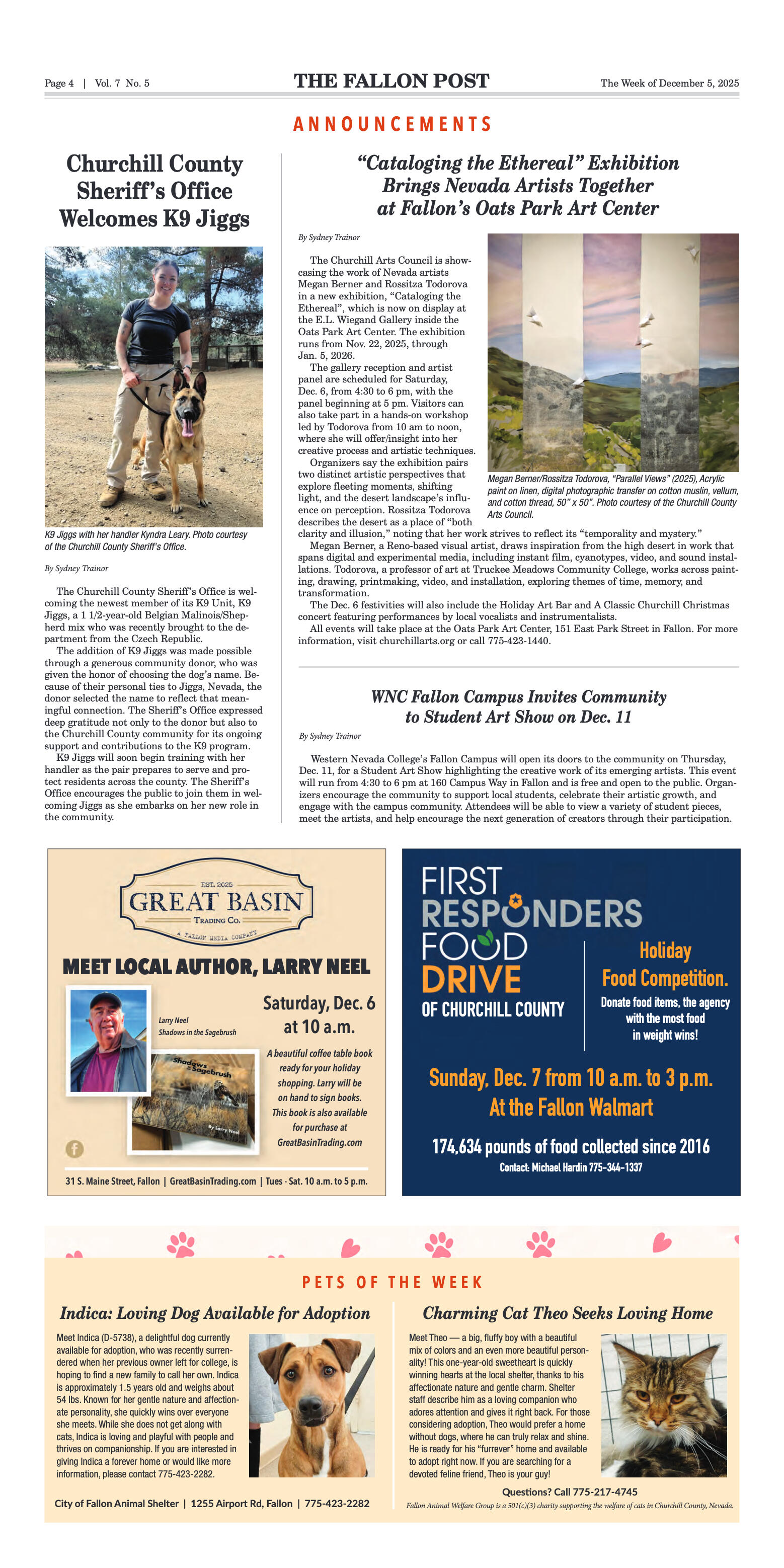
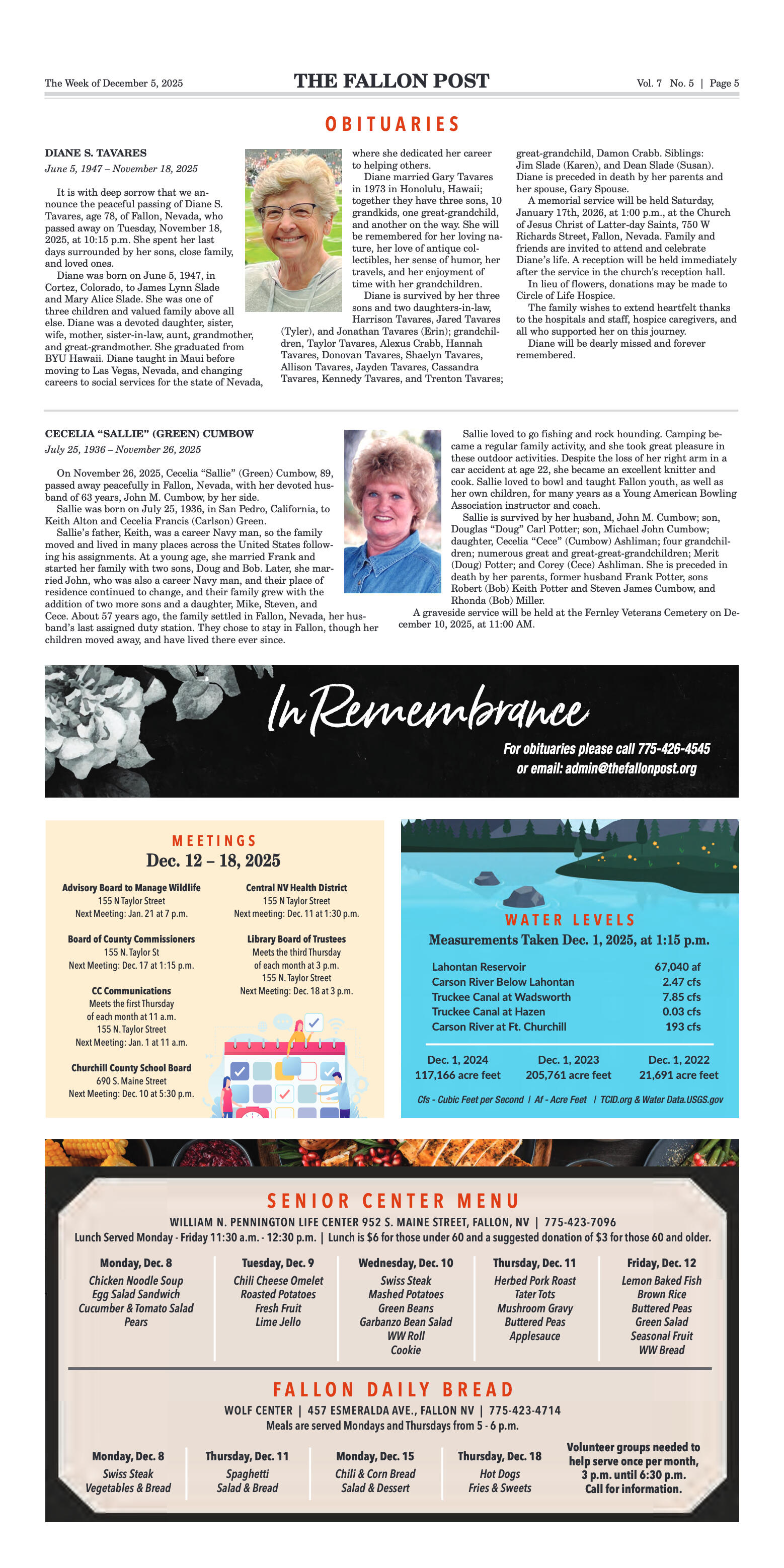

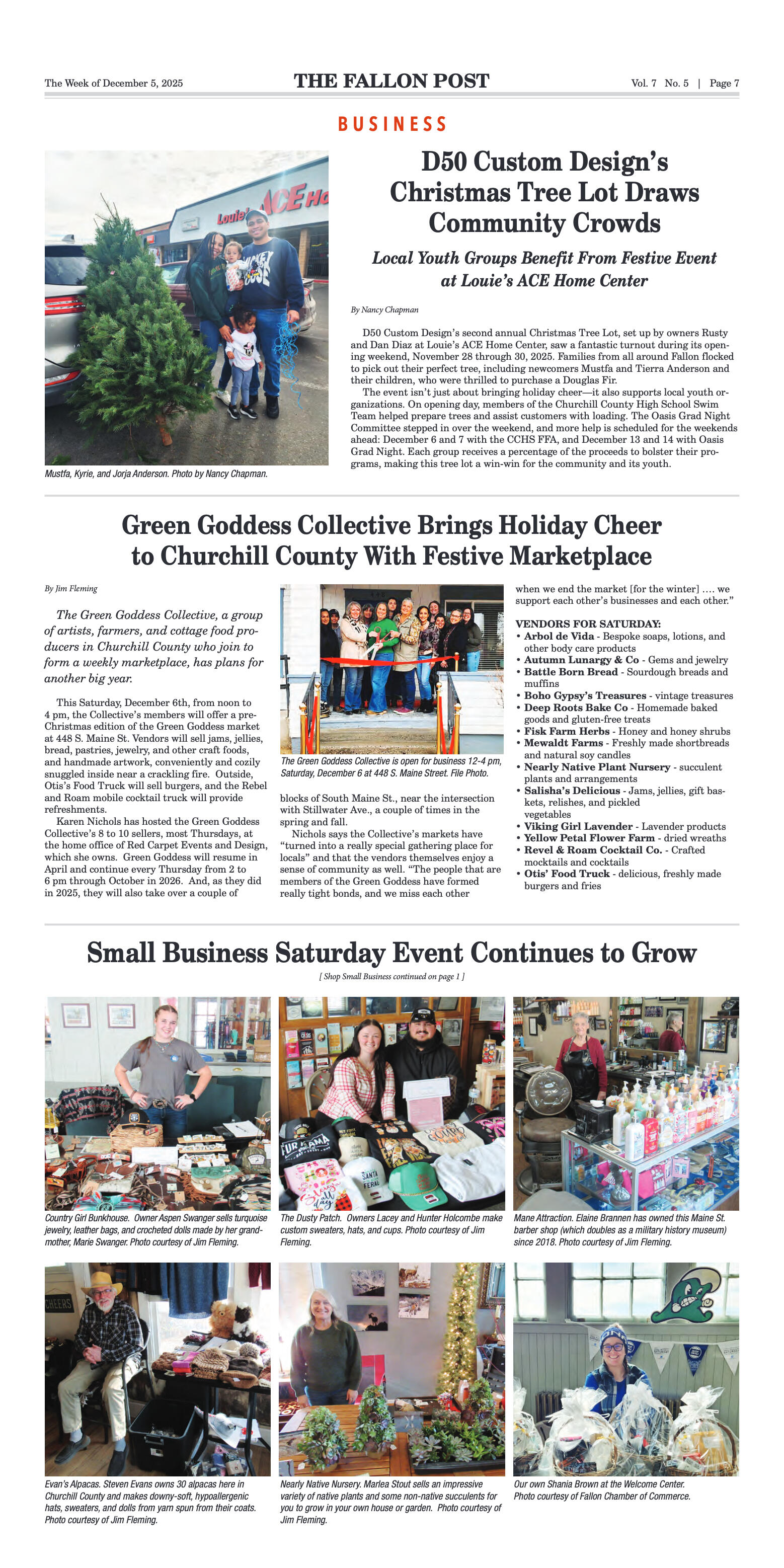

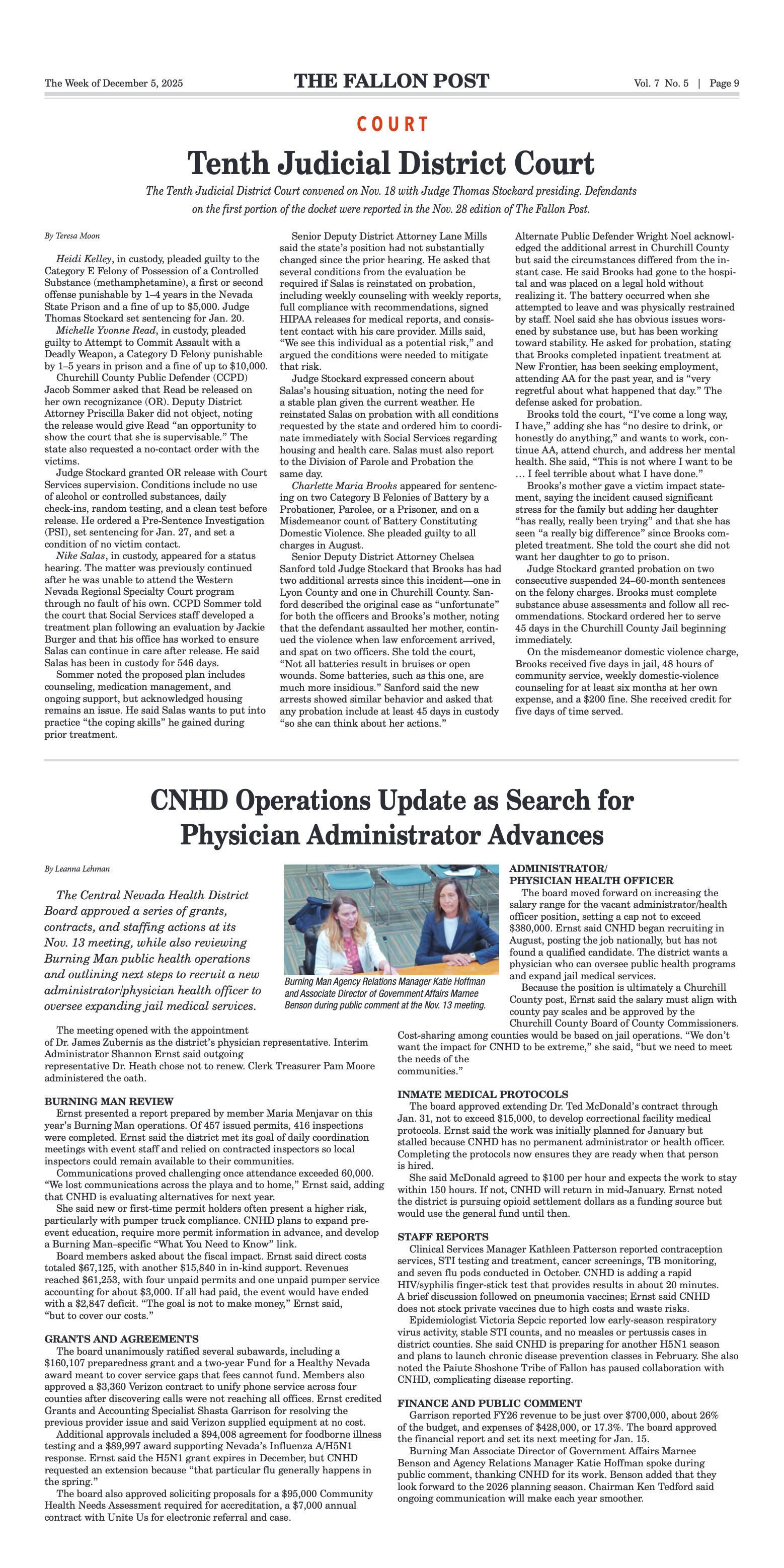
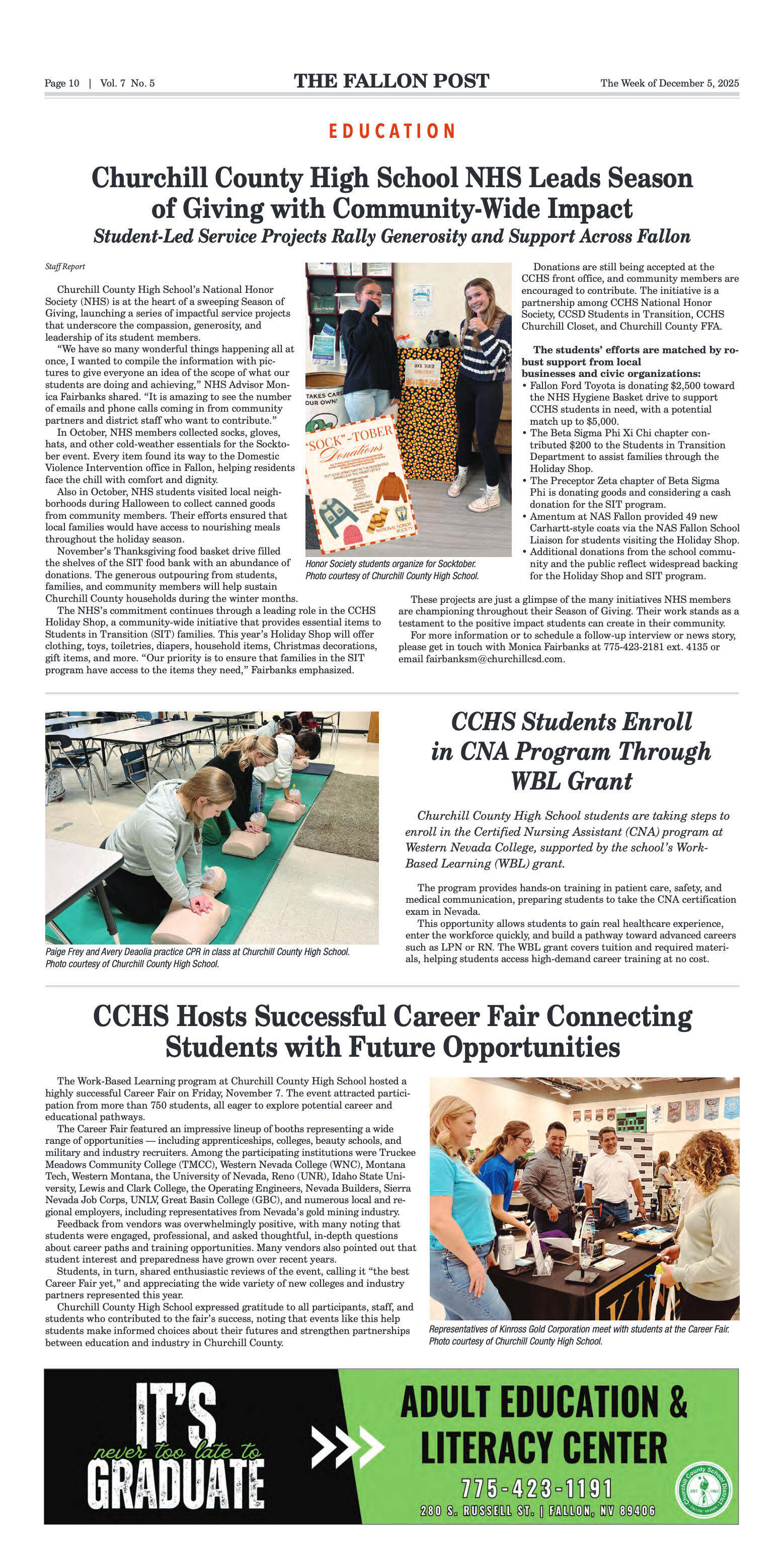
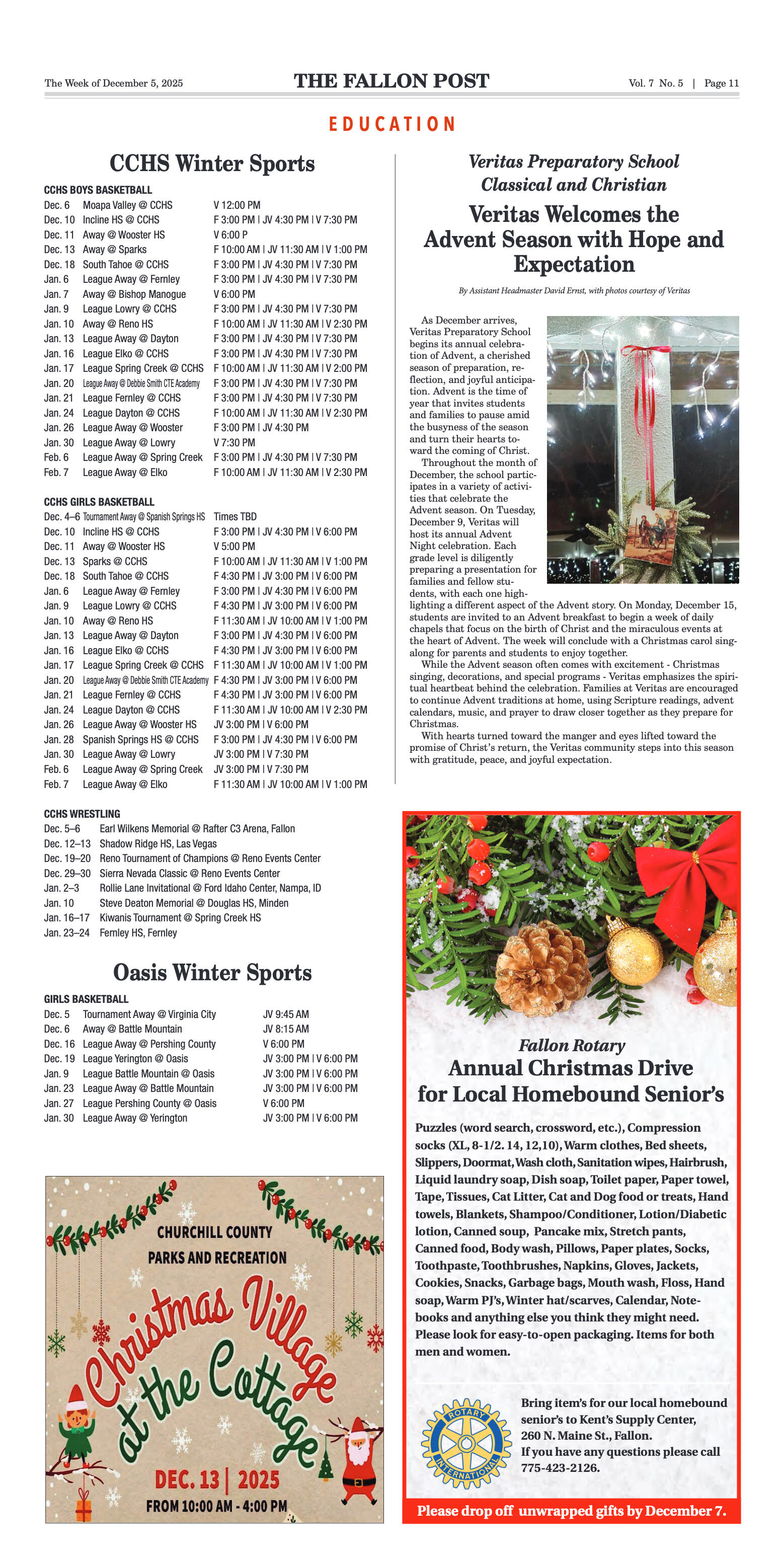

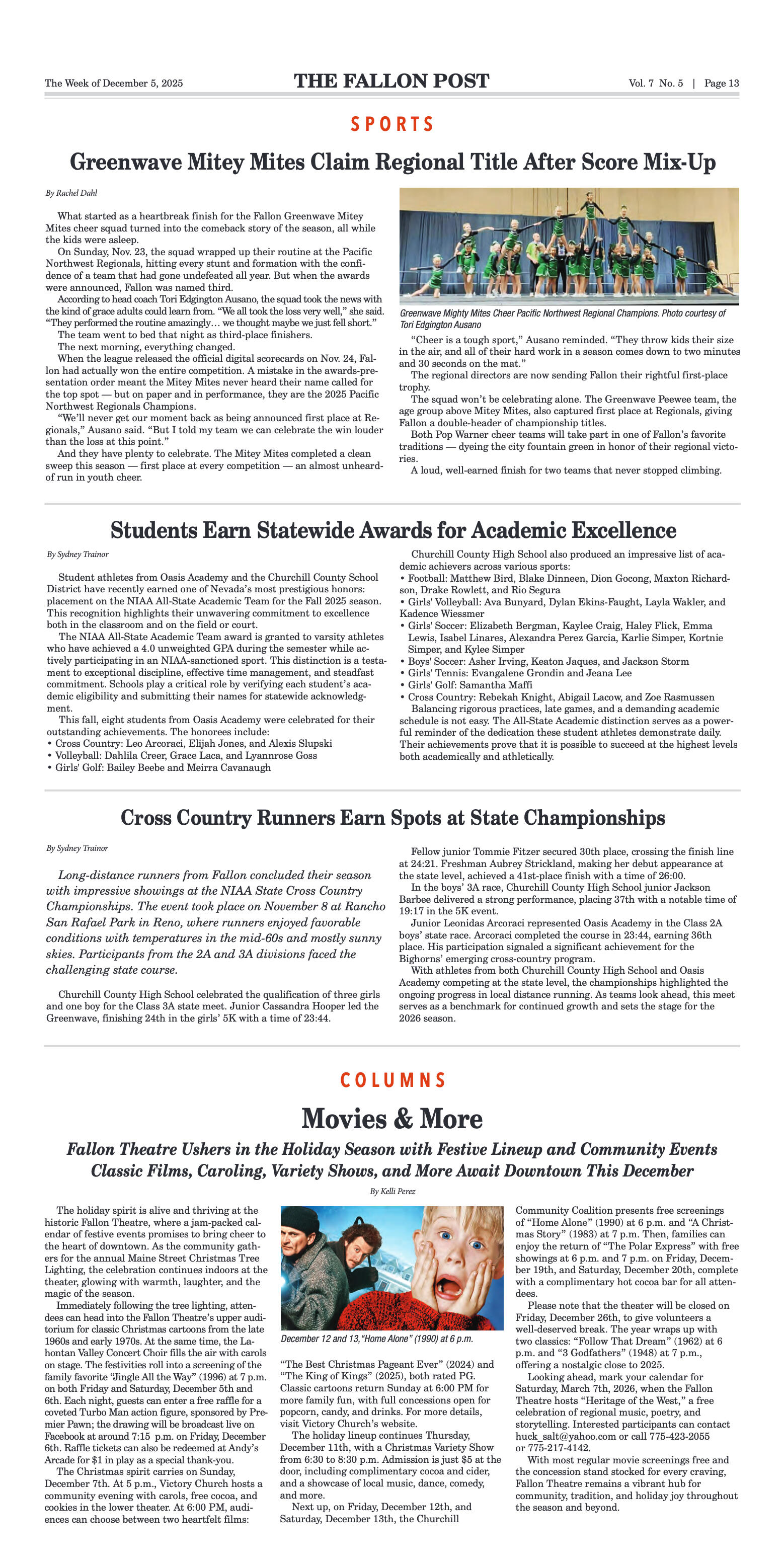
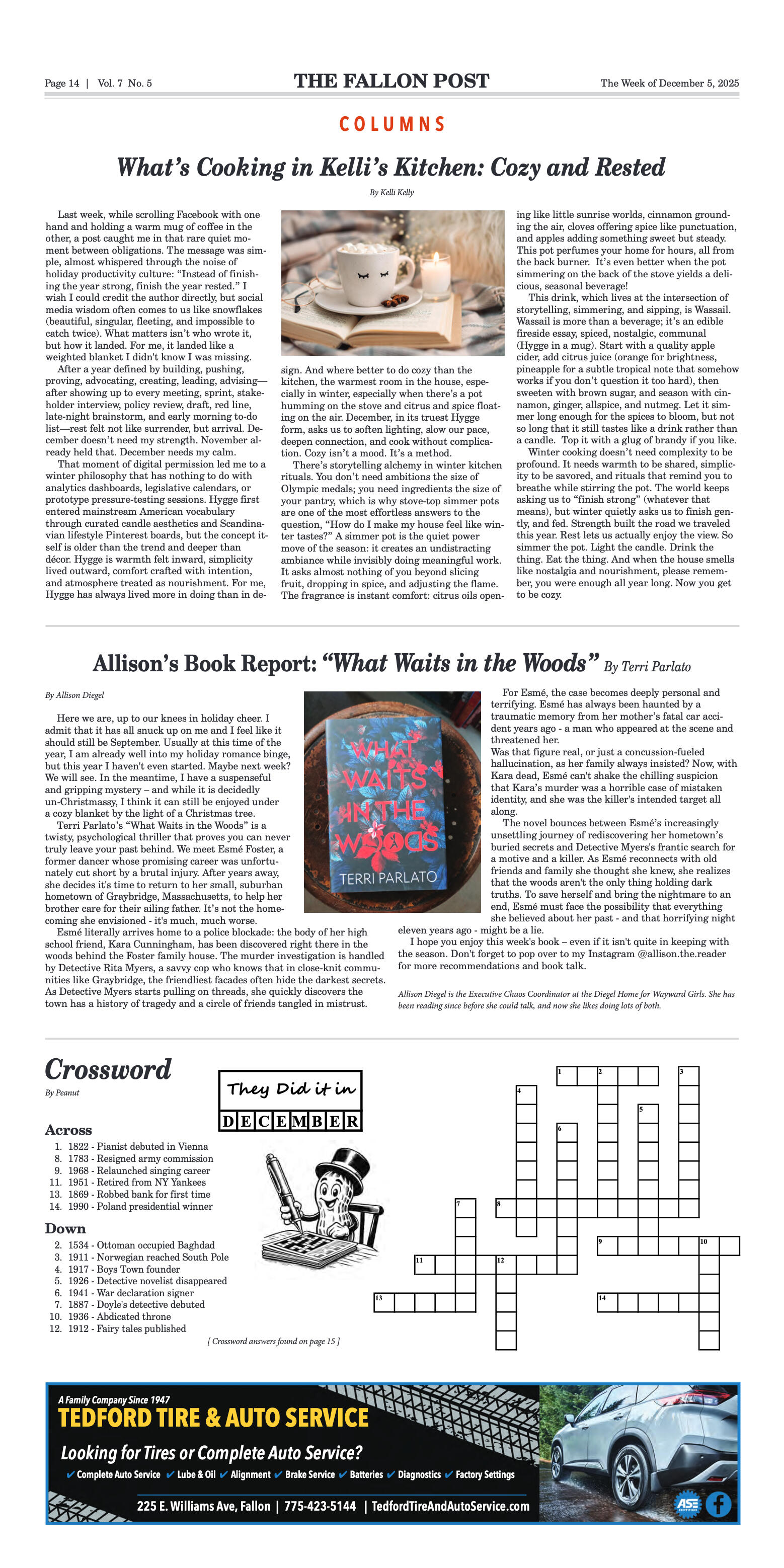
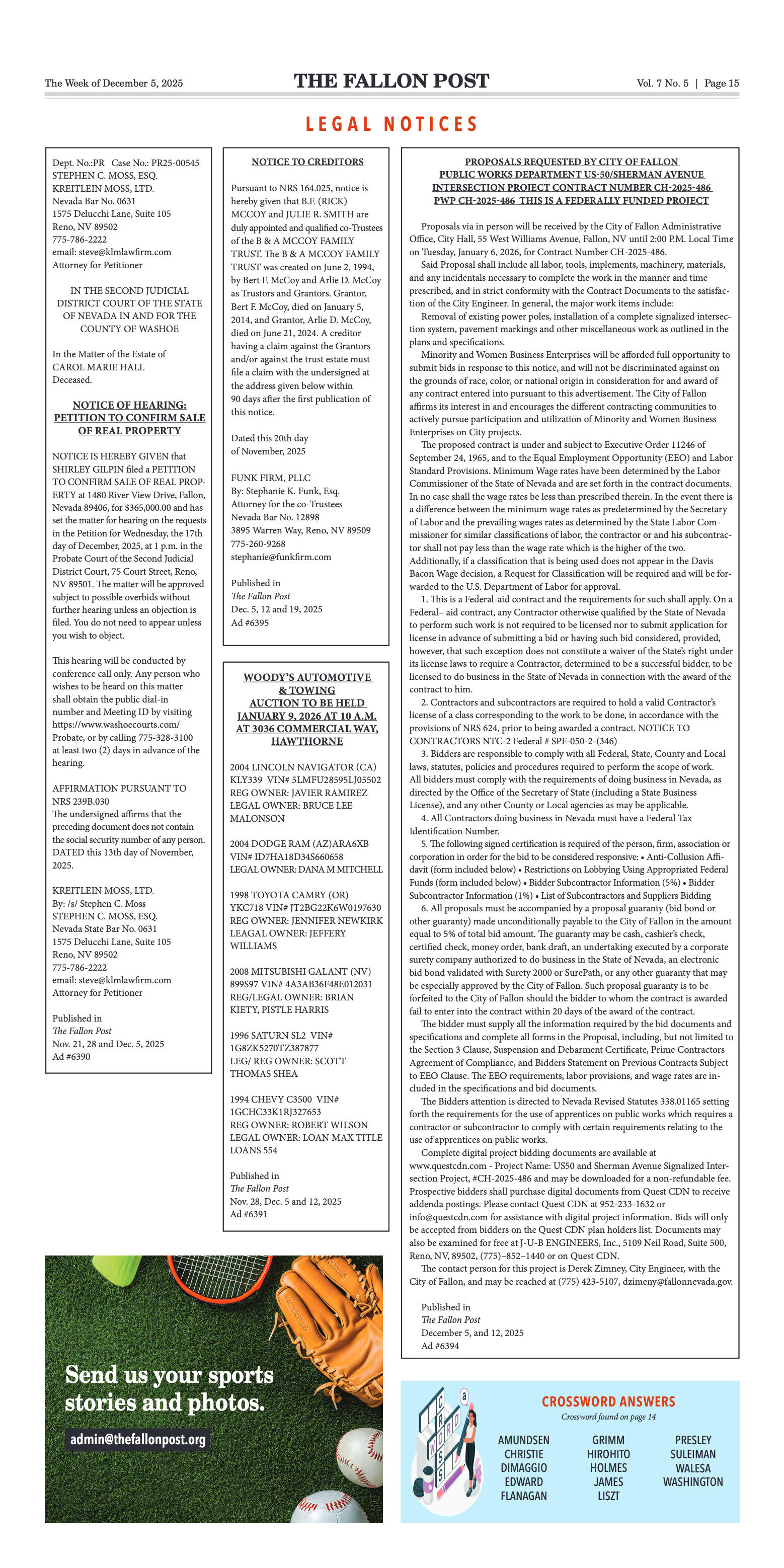
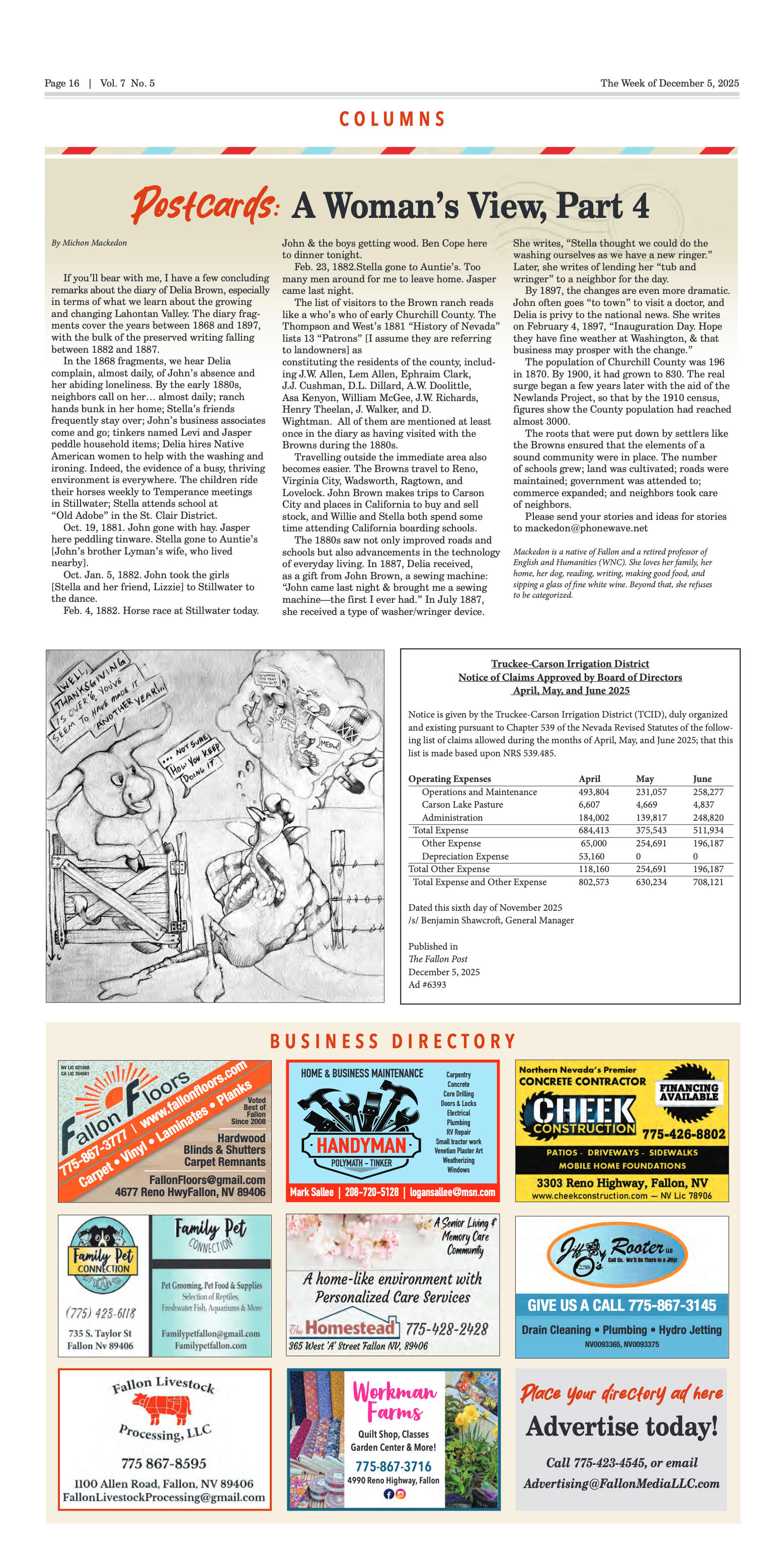

























Comment
Comments